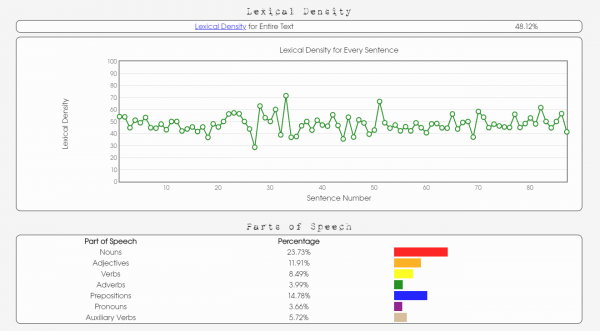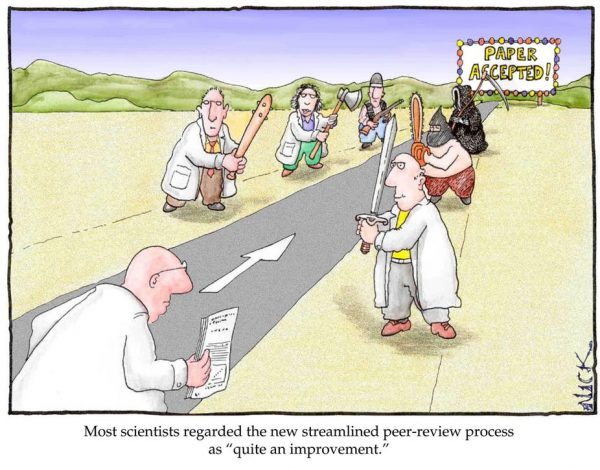Rhetorical Functions in Academic Writing
Typical rhetorical functions used in academic writing
Descriptive
- Describing objects, location, structure and direction
- Reporting and narrating
- Defining
- Writing instructions
- Describing function
- Describing processes, developments and operations
- Classifying / categorising
- Giving examples
- Including tables and charts
Critical
- Writing critically
- Arguing and discussing
- Evaluating other points of view
- Comparing and contrasting: similarities and differences
- Generalising
- Expressing degrees of certainty
- Expressing reasons and explanations / cause and effect
- Expressing feelings
- Analysing
- Planning action
- Providing support
- Application
- Working with different voices and finding your own
- Taking a stance
- Using theory
- Persuading
- Introducing
- Using previous research
- Indicating a gap
- Presenting findings from statistical analyses
- Presenting findings from interviews
- Discussing limitations
- Drawing conclusions
- Recommendations
- Implications
Reflective
Source: http://www.uefap.com/writing/function/funcfram.htm
Analyze My Writing
One of challenging (and time-consuming) tasks writing teachers face in their teaching is assessing learners’ written works. It takes a lot of energy to read and analyze students’ writing.
This online text context and readability analyzer will help teachers assess learners’ written works. Some useful features are available on the website, such as basic text statistics, common words and phrases, readability, lexical density (I like this one most!), word and sentence lengths, and other analyses.
Visit the website: http://www.analyzemywriting.com/index.html
How to read a scientific article quickly and efficiently
Most people read scientific articles by following the structure of the articles, starting from the first section until the last one. This is the most common method, but I found it inefficient.
.
Here is my method.
.
Skim the abstract quickly
Go to the conclusions/summary section and identify the author’s main conclusions/arguments
Flip through the article to look at the research data supporting the conclusions; identify the most prominent data.
Now, you can start reading the introduction.
Berbicara dan Menulis
Saya sudah banyak berlatih berbicara dan menulis, tapi hasilnya belum baik. Kenapa?
Karena ucapan dan tulisan adalah produk olah pikir, maka yang harus ditingkatkan atau diperbaiki adalah pola pikir (kemampuan berpikir sistematis), bukan sekedar berlatih berbicara atau menulis.
Pembicara dan penulis yang baik mampu berpikir secara sistematis dan menata ide dengan baik sehingga ucapan dan tulisannya bisa dipahami audiensi*.
Kita bisa membayangkan ide/gagasan seperti mainan Lego. Berwarna-warni, sangat menarik, tapi tidak terlihat bentuknya jika tidak disusun. Jika ide/gagasan disusun dengan baik, akan sangat mudah bagi audiensi untuk menerima bentuk argumen yang kita sajikan.
Darimana kita belajar menyusun ide yang baik, sehingga ide/gagasan kita menjadi bentuk-bentuk yang menarik?
Banyak mendengar, banyak membaca (materi yang baik). Dua hal itu akan memberikan ‘template’ kognitif sehingga ucapan dan tulisan kita menjadi semakin baik.
* kata yang tepat adalah ‘audiensi’ bukan ‘audiens’.
Writing the Methodology
Read this first – Writing the Introduction
How should you write the section? What are important points you should include in the section Ok. Let’s use the Q&A method. Here are key questions you need to answer for completing the methodology part of your scientific article.
𝗙𝗶𝗿𝘀𝘁, 𝗿𝗲𝘀𝘁𝗮𝘁𝗲 𝘁𝗵𝗲 𝗿𝗲𝘀𝗲𝗮𝗿𝗰𝗵 𝗼𝗯𝗷𝗲𝗰𝘁𝗶𝘃𝗲 [𝗶𝗳 𝗿𝗲𝗾𝘂𝗶𝗿𝗲𝗱] ⬇️
What is the research method? [qualitative/quantitative/mixed methods]
Define/explain the research method.
Why do you use the research method?
Discuss the advantages of the method and how it can help you collect research data to answer the research question.
What is the research design? Define/explain the research design.
Why do you use the research design? Justify it.
What are the advantages of using this design? Are there any similar/previous studies which used the design?
What are the research instruments you employ to collect the research data? Define and explain.
Why did you use such instruments? Justify.
What are the advantages and the weaknesses? (In some cases, you need to explain how you address the weaknesses of the research instruments)
What is the type of the data collected? Primary or secondary data?
Who/what are the sources of the research data? Define/explain. Present the details.
How did you collect the data? (setting, time/period, etc.)
Overall, how was the data collection? Any problems that can affect the data quality?
Discuss the quality of the collected data.
Write a sentence stating that the results of data collection will be elaborated in the next section [this is one of effective strategies you can use to maintain the cohesiveness and coherence of your manuscript]
Arrange the sentences [the answers to the above questions] into paragraphs. Again, pay attention to cohesiveness and coherence. Use linking words and phrases.
Add some details [if required] and polish.
Writing an Introduction
Writing an introduction is not easy. Writers (researchers) often face the challenging question of how to write the introduction part of a scientific article. In my workshop, I use a Q&A method to help writers (researchers) identify key points which should be included in the introduction. If you can answer most of these questions, then you are ready to write the introduction part of your scientific article. What you need to do next is to arrange the answers to these questions into paragraphs. Pay attention to the coherence and cohesion. So, here are the questions. Ready?
.
𝗤𝘂𝗲𝘀𝘁𝗶𝗼𝗻𝘀 𝘁𝗼 𝗮𝗱𝗱𝗿𝗲𝘀𝘀 𝗶𝗻 𝗜𝗻𝘁𝗿𝗼𝗱𝘂𝗰𝘁𝗶𝗼𝗻 ⬇️
.
What is the general topic of the manuscript?
Why is the topic important?
Are there any data or research findings related to the topic?
What do the data or research findings say about the topic?
Are there any grand theories related to the topic?
What do the theories propose?
Are there any practical aspects/implications or regulations related to the topic?
How does the topic affect practical aspects? Are there any practical implications?
How are the regulations related to the topic?
.
𝗟𝗲𝘁’𝘀 𝗯𝗲 𝗺𝗼𝗿𝗲 𝘀𝗽𝗲𝗰𝗶𝗳𝗶𝗰 ⬇️
.
What is the main research question? Or- what is the specific issue the article addresses?
What is the main objective of the article?
Why is it important to address the main research question?
Why is it important to achieve the main objective?
What do available data or research findings say about the specific issue?
Are there any grand theories related to the specific issue?
What do the theories say about the specific topic?
.
Great! Now you are ready to write the introduction part of your article.
Bad Words
Two important points to remember (when you receive bad words from others)
Bad words thrown at you are not yours if you don’t take them. The words belong to the ones who say them. Don’t let the words go into your heart and hurt you.
Bad words thrown at you do not represent who you are. The words show who they are, the ones who say the words.
Stay nice. Stay positive 🙂





